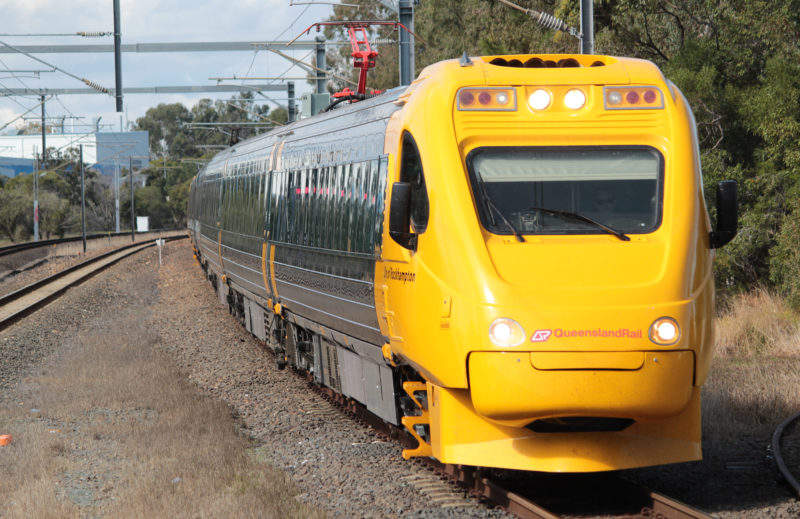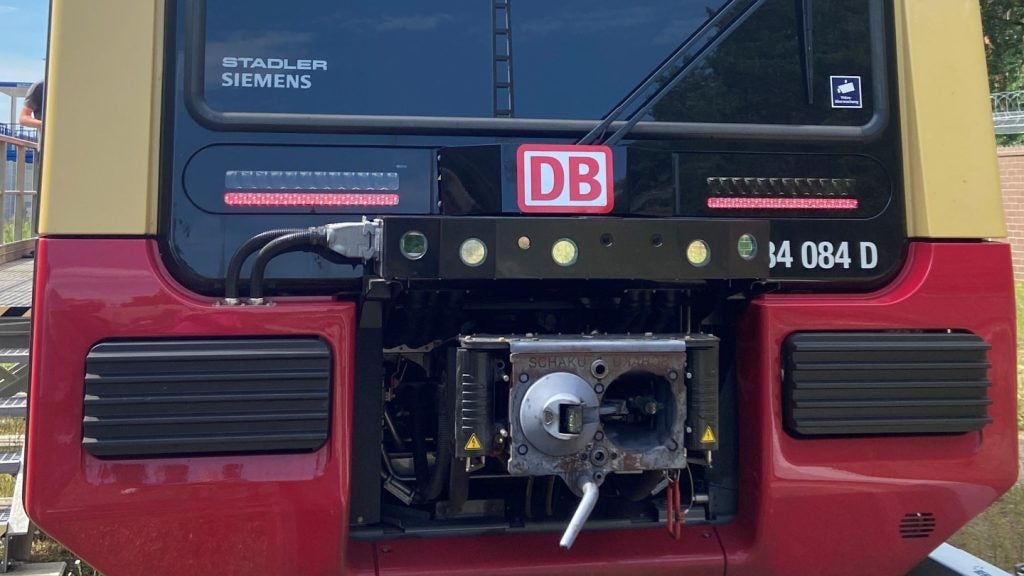
Every populated continent is home to some form of high-speed rail network, except for Australia. The introduction of the bullet train in Japan in 1964 captured the world’s attention, and many countries – notably China, Spain, Germany and France – have followed suit with their own takes on high-speed rail systems.
The idea of uniting Australia’s eastern seaboard through high-speed rail has been floated since the early 1980s, with every federal government from 1984 to the present day investigating its feasibility. The 2017 federal budget allocated A$20bn over the next ten years to investment in the rail industry, with this figure rising even higher in 2018.
The east coast is almost exclusively seen as the preferred location for any potential such projects. Sydney to Melbourne is the world’s second busiest air corridor, and using rail to reduce air traffic makes both economic and ecological sense, if the appropriate infrastructure can be set up. But with the sheer size of the undertaking presenting a mammoth engineering challenge, the question remains: what form would a modern Australian high-speed rail network take?
Consolidated Land and Rail Australia (CLARA)
Consolidated Land and Rail Australia (CLARA) is a private property development consortium that has announced a A$75bn plan to build three ‘smart cities’ on the east coast of the country – with even more planned – in order to decentralise the Australian population away from large cities to smaller, more sustainable high-tech inland cities. While the project is not purely about high-speed rail, CLARA believes this is the best available method for enacting the plan and transforming Australia.
The company has identified a Melbourne to Sydney route via Shepparton and Canberra as the most viable. Elevated tracks would most likely be used in order to minimise the impact on landowners.
The plan is a radical one and has thus attracted much criticism. A report from the Australian Institute of Landscape Architects stated that it may well be difficult to locate a reliable water source for the new cities and several engineering groups have noted the intense practical challenge of developing a high-speed rail route from scratch. Still, in 2018 the CLARA proposal was one of three invited by the Turnbull government to develop a detailed business case for funding.
How well do you really know your competitors?
Access the most comprehensive Company Profiles on the market, powered by GlobalData. Save hours of research. Gain competitive edge.

Thank you!
Your download email will arrive shortly
Not ready to buy yet? Download a free sample
We are confident about the unique quality of our Company Profiles. However, we want you to make the most beneficial decision for your business, so we offer a free sample that you can download by submitting the below form
By GlobalDataUltraspeed Hyperloop
No discussion of high-speed rail would be complete without mention of some form of Elon Musk’s futuristic Hyperloop proposal and sure enough, Australia has also been earmarked as a potential site for an ultra-high-speed Hyperloop-type concept – though chances of it becoming a reality currently look to be slim.
‘Ultraspeed’ is the name of Australia’s Hyperloop offering, with plans being put forward for a travel network between Sydney and Brisbane via Tamworth and Toowoomba, with a second route proposed between Brisbane and the Gold Coast.
As with all Hyperloop travel projects, designs are still very much conceptual. The idea is to suspend train carriages on an air cushion – thereby reducing friction – in a vacuum sealed tunnel. The train would be propelled by magnets, allowing for travel speeds of up to 1,000km/h. If the project comes to pass, travel times between Sydney and Brisbane could be reduced to as little as one hour.
Concerns have been raised that the inherent curves, ascents and descents of the Australian countryside would subject passengers to significant G-force and that the required tunnelling needed to set up the route would be very expensive, though Ultraspeed has claimed that the project could cost aroundA$40bn. However, it is worth noting that the Ultraspeed website currently takes the form of an Indonesian-language discount storefront and there has been no social media presence on official channels since 2017.
Electric Tilt Train
Operating on the North Coast railway line in Queensland between Brisbane, Bundaberg and Rockhampton, the Electric Tilt Train service is the name of two high-speed tilting trains that have been in service since late-1998.
Tilting trains counter the centrifugal force experienced by rounding curves at high speeds by tilting the carriage towards the inside of the curve. Construction on Australia’s Electric Tilt Train began in 1993, with engineering company Walkers (now Bundaberd Walkers Engineering) being awarded the contract for two six-carriage electric trains and Japanese multinational Hitachi providing the tilting equipment.
While technically speaking, the Electric Tilt Train service is a medium-speed rail line, during a trial run prior to opening in 1998, the service reached a speed of 210km/h, just above the internationally accepted minimum of 200km/h to be defined as ‘high-speed’. To this day, the 210km/h test run still stands as Australia’s rail speed record.
The two Electric Tilt Train services are still in operation, with the two trains recently refurbished in July 2016, and July 2017.
Speedrail
A joint venture between Alstom and Leighton Contractors (known as the Speedrail Consortium) proposed a link between Sydney and Canberra in 1993, but after a series of delays over subsidies, it wasn’t until 1997 that the Australian Government expressed formal interest in the Speedrail offering.
The government invited expressions of interest in high-speed rail proposals and chose the Speedrail Consortium as the preferred party to proceed with its A$3.5bn project. With the potential to create 15,000 jobs, the company claimed that there would be no net cost to the taxpayer.
While Speedrail submitted a feasibility study in late 1999 claiming that the project met all expectations and requirements, concerns still lingered that significant subsidies and tax concessions would be required to complete the project. The media at the time speculated an additional A$1bn would be needed. By December 2000, the Australian Government had dropped the project.
Inland Rail
While not a high-speed rail project, Inland Rail deserves an honourable mention because of the scale of the project and the impact it will have on the country. The Australian Government in 2017 committed $9.3bn for the delivery of a high-capacity freight route between Melbourne and Brisbane.
The route is being divided into 13 smaller projects across Victoria, New South Wales and Queensland, with potential to connect Melbourne, Brisbane and regional Australia to domestic and international markets and significantly impacting rural communities along the way.
Inland Rail promises to cut the journey time between the two cities down to 24 hours, a offer a competitive alternative to air and road travel, reducing emissions by 750,000 tonnes, and – according to the Department of Infrastructure, Regional Development and Cities – boost Australia’s GDP by $16bn, though this figure has been a matter of some dispute. The first train is projected to run by 2025.







